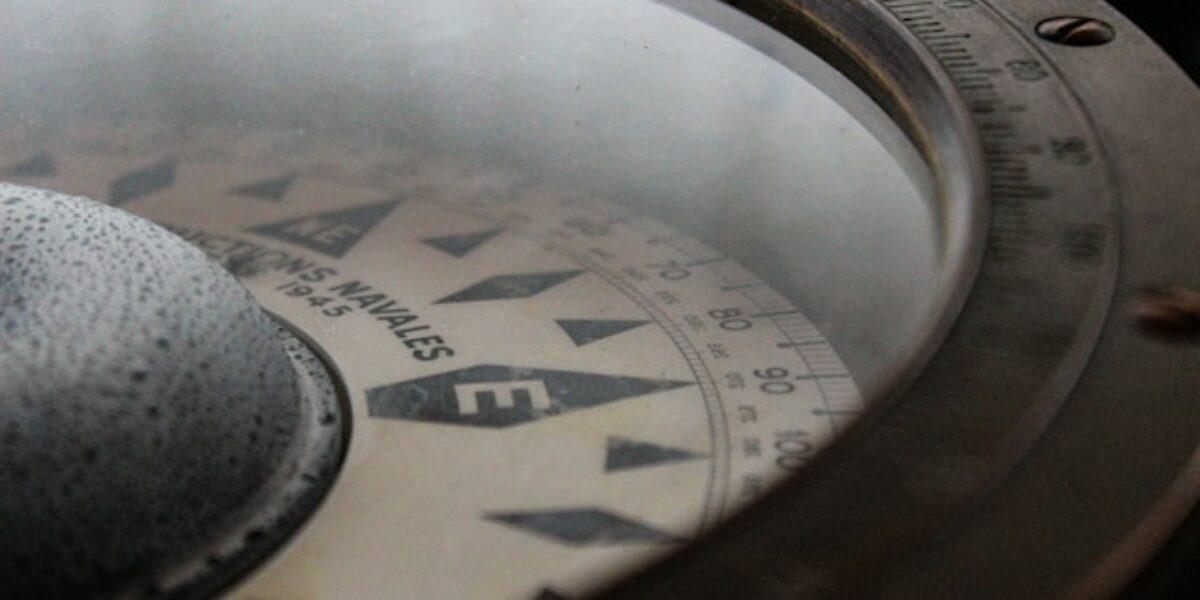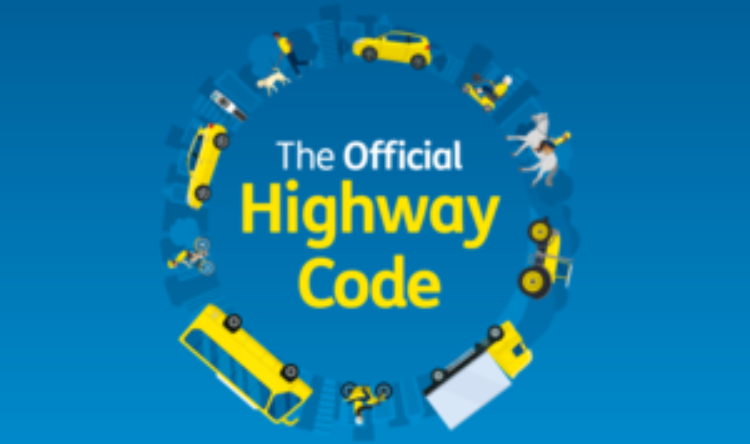Getting there
Navigating the route to safe driving with digital aids
Where would the modern motorist be without the sat nav?
It’s a question I know I have asked myself when navigating around whilst driving unknown routes.
I clearly remember the days of map reading and driving, particularly around London, with the trusty A-Z clamped to the steering wheel. Was that safe?
Take the next left
Of course, roads have got exponentially busier. Routes are more complicated, with extra junctions, traffic lights, crossings, by-passes, etc. In these times, the sat nav has become an essential and continuous passenger in the car.
However, according to research, nearly one in ten UK drivers admit to having had a near miss because they were distracted by a sat nav.
This figure rises to 15% of drivers who say they have made illegal or risky manoeuvres to correct mistakes when following sat nav instructions.
There are plenty of examples of drivers being directed down unusable routes, steps, the wrong way down one-way streets and even encourage drivers to slip roads onto dual carriageways and motorways that are actually the slip road off.
So intrinsic to the modern driving experience and so habitually relied upon by the driver, we can often fail to pay attention to and make our own judgements on directions, sometimes with fatal consequences.
Junction ahead
Rising dependence on screen based navigation and instructions eventually came to the driving test in December 2017.
Sat navs have since become ubiquitous: in 2009 around 30% of cars offered a sat nav; in 2015, 52% of drivers used them. Today nearly every car and driver uses a sat nav. There is a mixture of in-built systems, standalone devices and, increasingly, smartphones.
It’s easy to see the advantages. No longer is there a need to pull over just to double-check your map (or to rely on a passenger to check directions). If you should you veer off from your original planned route, the software will detect this and reroute you in a matter of seconds.
No need for new maps as new roads and buildings open and destinations change over time. Sat navs generally come with lifetime updates as standard.
A number of devices also add in services such as warnings about areas where extra attention is needed (schools, hospitals etc), road works and speed limits . They can be seen as a road safety tool.
Keep right
However, according to research by Brake a few years ago, nearly one in ten UK drivers admitted to having had a near miss because they were distracted by a sat nav.
This figure rose to 15% of drivers who say they have made illegal or risky manoeuvres to correct mistakes when following sat nav instructions.
As drivers rely even more heavily on the computer satellite navigations systems, the dangers are even more common. Following instructions from your chosen celebrity voice, and without question or awareness of what is going on around in real time, is not a good route to take.
Even the placing of sat navs on the windscreen is creating problem, obscuring a clear view of the road ahead. What’s going on through the windscreen is of less importance than what is being prescribed by the digital screen.
Take the motorway
In response to this news, the experts at Uswitch car insurance have pulled together their advice. It aims to limit distractions and ensuring that drivers are using the device safely.
The tips are a useful area of dialogue with your pupils.
Leoni Moninska from Uswitch, shares her expert tips for using sat navs safely and limiting distractions when driving, and “to ensure that the use of sat navs and other navigation aids does not become a distraction”.
-
Preparation is key: Input your destination and review your route before setting off. Familiarise yourself with major turns or exits in advance to avoid last-minute lane changes.
-
Mount properly: Ensure your device is mounted in an easily visible position without needing to take your eyes off the road for more than a glance. The device should not block your view of the road and mirrors.
-
Voice commands over visuals: Use voice navigation features, allowing you to focus on the road while receiving voice directions.
-
Minimise distractions: Try to keep distractions in the car to a minimum. This means setting your radio or playlist before you leave, avoiding eating or intense conversations, and asking passengers to let you concentrate.
-
Don’t panic over missed directions: If you miss a turn or exit, don’t panic or make sudden, unsafe manoeuvres. Trust that your sat nav will reroute you or find a safe place to pull over and reassess your route.
-
Regular breaks on long journeys: Fatigue can exacerbate the effects of distractions. Plan for frequent breaks to rest and refresh on long trips, ideally every two hours or so.
-
Educate yourself on features: Modern sat navs have various features to make driving safer, such as traffic updates, speed camera alerts, and lane guidance. Familiarise yourself with these features before your journey to use them without distraction.
Danger ahead
“Driving distractions take many forms, from mobile phone use to adjusting the radio or eating,” say Moninska. “These distractions can divert a driver’s attention away from the road, reducing their reaction time and ability to make informed decisions quickly. A few seconds of distraction can be the difference between safety and disaster when driving.
“Using navigation tools can also be distracting if not used responsibly. Constantly looking at a sat nav screen or fiddling with its settings while moving can be just as hazardous as texting or calling. Using any navigation tool must make driving safer and not more dangerous.”






